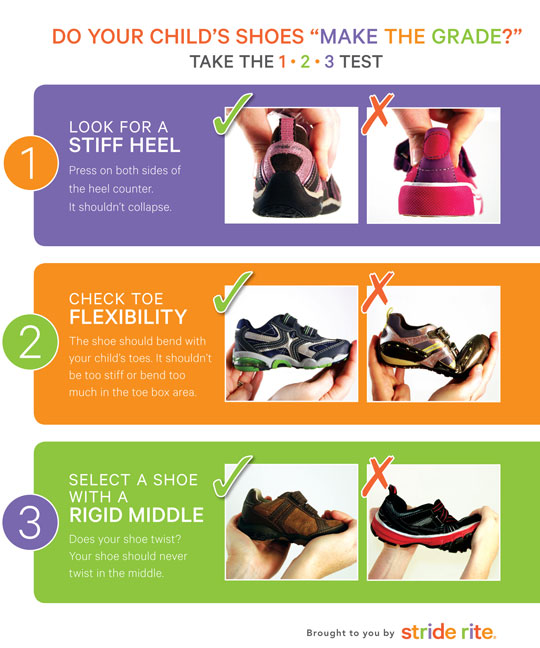October is Down Syndrome Awareness Month
October is Down Syndrome Awareness Month Author: Krista Flack, MS OTR/L
October is Down Syndrome Awareness Month! According to the National Down Syndrome Society, this is “a chance to spread awareness. During the month of October, we celebrate people with Down syndrome and make people aware of our abilities and accomplishments. It’s not about celebrating disabilities, it’s about celebrating abilities.”
What is Down syndrome?
In every cell in the human body there is a nucleus, where genetic material is stored in genes. Genes carry the codes responsible for all of our inherited traits and are grouped along rod-like structures called chromosomes. Typically, the nucleus of each cell contains 23 pairs of chromosomes, half of which are inherited from each parent. Down syndrome occurs when an individual has a full or partial extra copy of chromosome 21. This additional genetic material alters the course of development and causes the characteristics associated with Down syndrome. A few of the common physical traits of Down syndrome are low muscle tone, small stature, an upward slant to the eyes, and a single deep crease across the center of the palm - although each person with Down syndrome is a unique individual and may possess these characteristics to different degrees, or not at all.
How can children with Down syndrome benefit from speech, physical and occupational therapies?
Occupational therapy practitioners work with persons with Down syndrome to help them master skills for independence through self-care like feeding and dressing, fine and gross motor skills, school performance, and play and leisure activities. During infancy, occupational therapy practitioners can help mothers whose children are having feeding problems because of weak muscles in their cheeks, tongue, and lips. During early childhood, therapy can focus on mastering motor skills for independence, focusing on low muscle tone, loose ligaments at the joints, and visual and auditory deficits. School-aged children with Down syndrome benefit from an occupational therapy practitioner’s ability to address self-care skills like zipping a jacket, and fine and gross motor skills like cutting with scissors or completing multistep classroom routines to facilitate participation in school activities. Occupational therapy practitioners can also assist in the classroom by enhancing the child’s communication skills through printing, handwriting, and keyboarding. Other issues addressed are adaptations to the classroom—such as the position of desks and chairs—for optimal performance, based on the child’s physical abilities.
Because of certain physical characteristics, which include hypotonia (low muscle tone), ligamentous laxity (looseness of the ligaments that causes increased flexibility in the joints) and decreased strength, children with Down syndrome don’t develop motor skills in the same way that the typically-developing child does. They find ways to compensate for the differences in their physical make-up, and some of the compensations can lead to long-term complications, such as pain in the feet or the development of an inefficient walking pattern. The goal of physical therapy for these children is to help the child develop good posture, proper foot alignment, an efficient walking pattern, and a good physical foundation for exercise throughout life.
Speech and language present many challenges for children with Down syndrome, but there is information that can help infants and toddlers begin learning to communicate, and help young children progress in speech and language. Although most children with Down syndrome eventually learn to speak and will use speech as their primary means of communication, they will understand language and have the desire to communicate well before they are able to speak. Total communication, using sign language, pictures, and/or electronic synthesized speech can serve as a transitional communication system. Children with Down syndrome have strengths and challenges in development of communication skills, including receptive (understanding) language and expressive (speaking and composing sentences) language skills and reading. Speech-language pathologists have information and expertise to help address the speech and language problems faced by many children with Down syndrome.
For more information on therapies that can be beneficial to children with Down Syndrome, read here.
Additional Resources:
The Lowcountry Down Syndrome Society is a local family support group to benefit people with Down syndrome and their families through local leadership, outreach, education and advocacy to champion and celebrate acceptance and inclusion.
The National Down Syndrome Society is the leading human rights organization for all people with Down syndrome.
The National Association for Down Syndrome supports all persons with Down syndrome in achieving their full potential.









